1. Bird Feeders
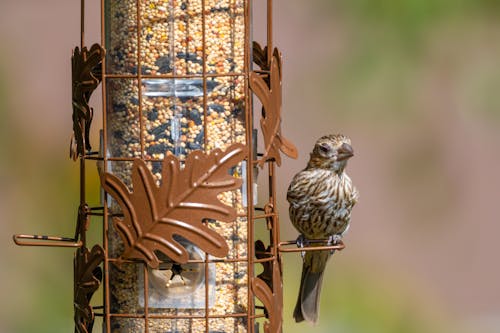
Bird feeders may look charming, but they’re basically a buffet for pests. Squirrels, raccoons, and even rats quickly learn where the free food is. Once these critters show up, they rarely stick to just the feeder. They’ll often dig into garden beds or chew through stored supplies.
Even if you’re only attracting songbirds, the fallen seed creates its own problem. Spilled seed invites ants and mice, who will happily set up camp nearby. Mold can also grow in damp seed piles, adding another layer of trouble. So while bird feeders are decorative and functional, they’re definitely pest magnets.
2. Bird Baths
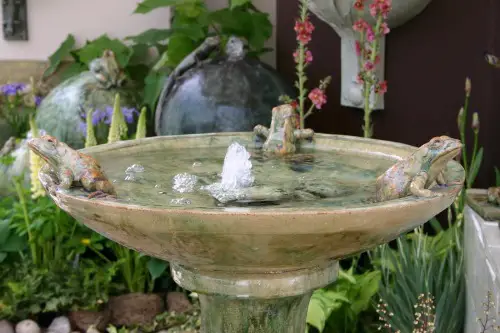
Bird baths add a classic, tranquil touch to any garden. Unfortunately, standing water is irresistible to mosquitoes. A single bird bath can become a breeding ground for hundreds of larvae in just a few days. That means your lovely décor can end up fueling an entire mosquito population.
Beyond mosquitoes, bird baths can also draw raccoons and stray cats looking for water. Even wasps and bees may hover around them on hot days. If you’re not vigilant about cleaning and refilling the water, the bath can quickly turn into a pest pit stop. This is one garden accent that requires serious upkeep.
3. Decorative Ponds
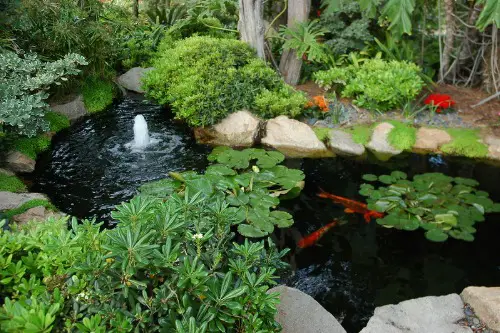
A backyard pond feels like a peaceful oasis, but it comes with strings attached. Like bird baths, ponds can provide ideal breeding conditions for mosquitoes. Even if you add fish to control them, not every mosquito population is kept in check. Plus, the pond itself attracts raccoons, snakes, and frogs.
Over time, fallen leaves and algae buildup in ponds create hiding spots for pests. Snails and slugs thrive in damp areas near the water’s edge, which can spell disaster for your plants. Ponds can even encourage rodents who prefer damp, cool environments. Without careful maintenance, a pond can turn into a pest playground.
4. Compost Bins
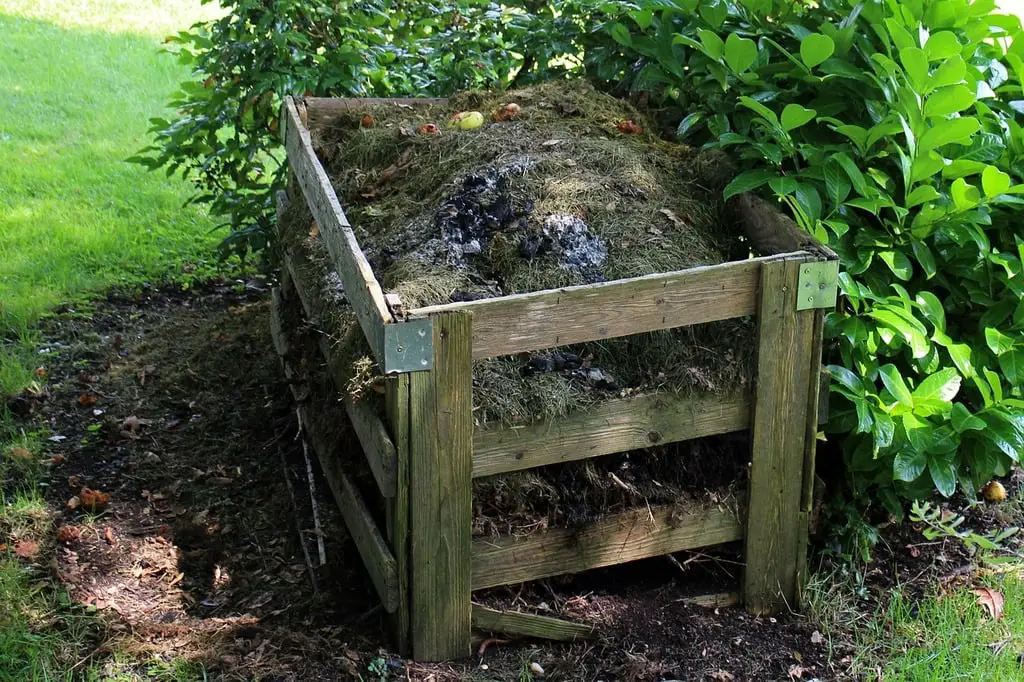
Gardeners love compost bins for their eco-friendly benefits. Unfortunately, pests like rats, raccoons, and opossums love them too. The smell of food scraps, even when managed well, is enough to attract unwanted guests. Once they discover it, they’ll likely keep coming back for more.
Even insects find compost appealing. Flies lay eggs in decomposing material, and ants may set up colonies nearby. While worms are the good guys here, not all critters that move in are so helpful. Unless the bin is sealed and maintained, it can become a pest hotspot fast.
5. Ornamental Fountains
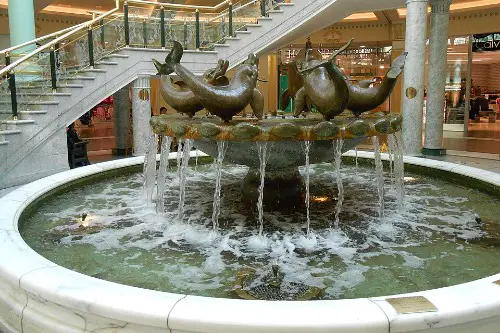
Fountains add a touch of elegance, but pests don’t see them that way. Just like ponds and baths, fountains hold standing water, which attracts mosquitoes. Stagnant areas in the fountain are especially bad for this. Even small tabletop versions can become breeding spots if not cleaned often.
Rodents and insects also visit fountains for drinking water. Birds might be drawn in too, which can spread droppings and bacteria around the area. In some climates, algae can form, providing shelter for more bugs. Unless you’re willing to scrub it regularly, your fountain could be doing more harm than good.
6. Garden Statues with Hollows
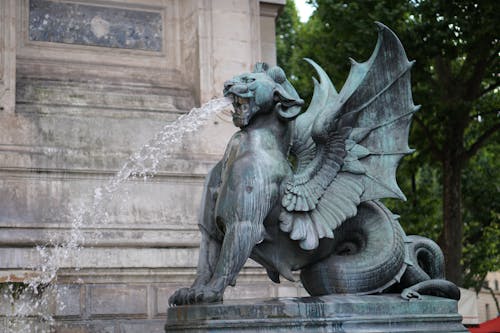
Stone or resin statues often have crevices or hollow spaces. These tiny pockets create perfect hiding spots for spiders, ants, and even wasps. Rodents may also use larger hollows as shelter, especially in colder months. What looks like innocent art can double as a pest hotel.
Once pests move into a statue, it can be tough to notice. They’re usually tucked away in shaded corners where you don’t look closely. By the time you discover them, nests may already be established. Decorative statues might look harmless, but they can quietly fuel infestations.
7. Hanging Baskets
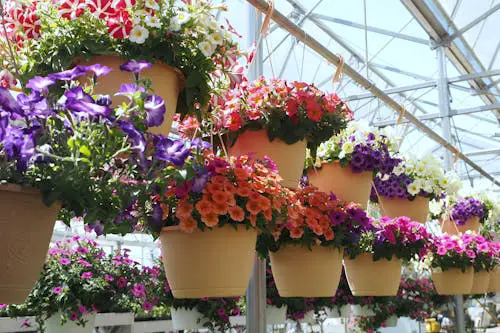
Hanging baskets overflow beautifully with flowers, but pests see them as prime real estate. Birds sometimes nest inside them, scattering droppings and debris below. Wasps and spiders also love the sheltered underside. That little canopy provides just enough cover for them to thrive unnoticed.
The damp soil in baskets can also attract fungus gnats. These tiny pests lay eggs in moist conditions and multiply quickly. Slugs may climb the hanging chains to reach the soil too. While baskets add vertical beauty, they also extend an open invitation to pests.
8. Outdoor Lanterns

Lanterns and string lights look magical at night, but they attract swarms of insects. Moths, beetles, and mosquitoes are all drawn to the glow. Once insects gather, spiders quickly follow to set up webs nearby. The cycle makes your cozy lighting less enjoyable.
Battery- or solar-powered lanterns placed close to plants are even riskier. Bugs gathering around them can spill into your flowers and vegetable beds. Over time, the repeated attraction can make your garden a nightly bug hangout. Sometimes, the ambiance just isn’t worth the extra company.
9. Trellises and Arbors
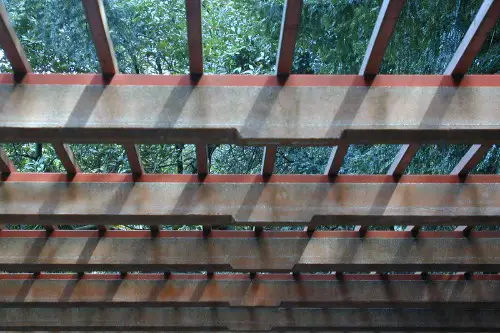
Trellises and arbors support climbing plants, but they also shelter pests. Ants and beetles use the wood or metal frames as highways. Spiders spin webs across them, and wasps may nest in the corners. Dense plant growth only makes the problem worse.
The shaded space around these structures also appeals to slugs and snails. They’ll hide under leaves by day and emerge at night to feed. Rodents may climb up trellises to reach fruits and vegetables. While they’re charming for design, these structures often double as pest ladders.
10. Decorative Mulch
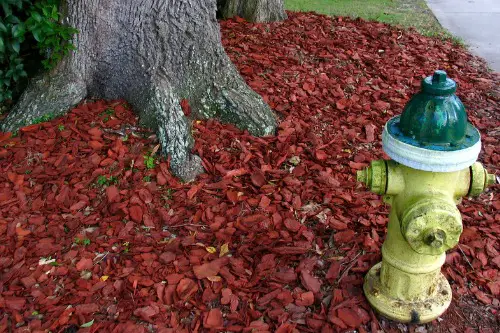
Mulch beds look tidy and help soil retain moisture. But certain types, like wood chips, can invite termites and ants. These pests see mulch as both food and shelter, creating colonies just inches from your plants. Once established, they’re hard to eliminate.
Moist mulch also creates a haven for slugs and pill bugs. Even snakes occasionally hide beneath thick layers. While mulch has plenty of gardening benefits, it needs careful monitoring. Decorative doesn’t always mean pest-free.
11. Wind Chimes with Hollows
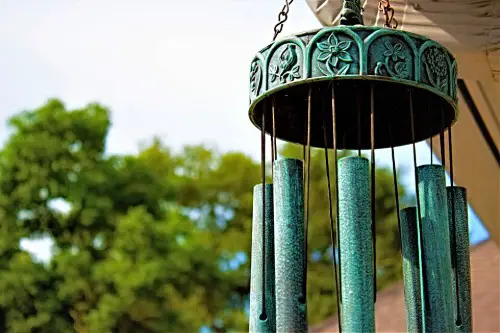
Wind chimes bring gentle sound, but pests find other uses for them. Bees and wasps sometimes crawl into hollow tubes to nest. Spiders may spin webs across the strings to catch the bugs already attracted to the movement. Even small birds might investigate them as perch spots.
The constant swaying doesn’t always discourage pests. Instead, the shaded hollows and steady access points make them appealing. Once insects decide to move in, you’ll likely find yourself swatting more than listening. This is one piece of décor that comes with surprises.
12. Decorative Rocks
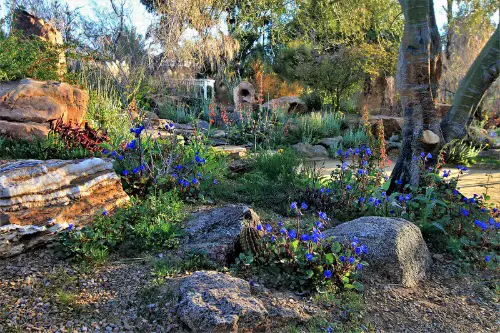
Arranged stones or rock gardens look natural and sturdy. But the gaps between rocks provide cool, damp hiding spots. Insects like earwigs, centipedes, and ants thrive there. Larger pests, like snakes, may also curl up in shaded spaces.
Moisture trapped under rocks creates an ideal microclimate for pests. Termites sometimes use rocks as cover to access wooden structures. Even slugs enjoy squeezing between them to escape heat. While rocks are durable décor, they can shelter more than you expect.
13. Old Garden Furniture
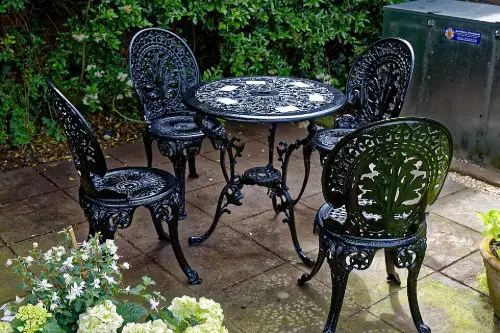
Weathered benches or repurposed furniture add rustic charm. Unfortunately, they also harbor pests in cracks and crevices. Termites and carpenter ants especially love decaying wood. Upholstered or cushion-filled pieces can even attract rodents.
Once pests move in, the furniture becomes a hub. They’ll spread into surrounding areas, damaging plants or structures. Mold and mildew can also grow, making it even more inviting for insects. That picturesque shabby-chic bench might come with a pest tax.
This post 13 Common Garden Décor Pieces That Attract Pests Instantly was first published on Greenhouse Black.
